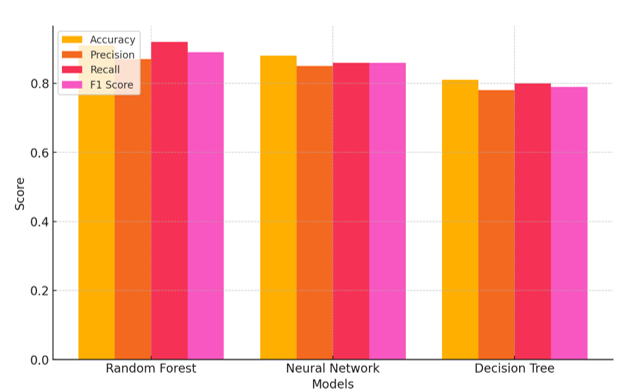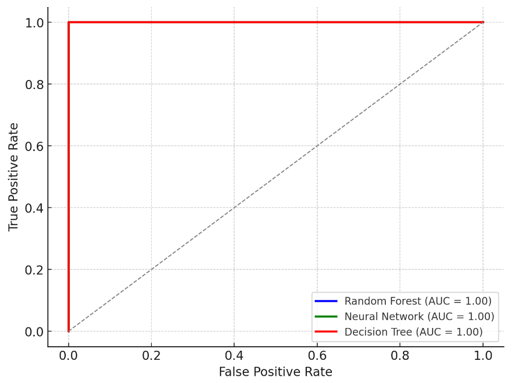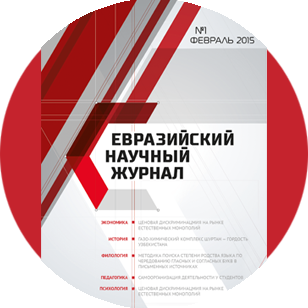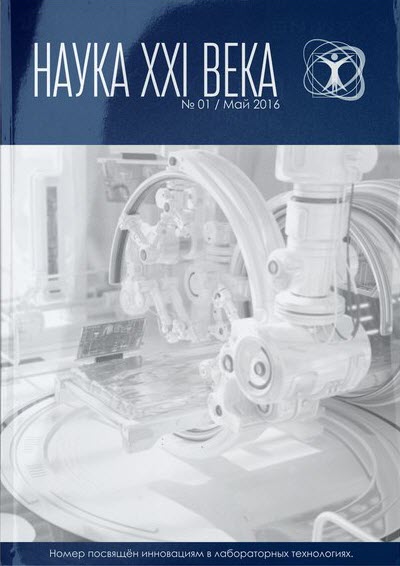Срочная публикация научной статьи
+7 995 770 98 40
+7 995 202 54 42
info@journalpro.ru
THE NECESSITY OF PREDICTING THE MAINTAINABILITY OF ELECTRICAL EQUIPMENT
Рубрика: Технические науки
Журнал: «Евразийский Научный Журнал №11 2024» (ноябрь, 2024)
Количество просмотров статьи: 392
Показать PDF версию THE NECESSITY OF PREDICTING THE MAINTAINABILITY OF ELECTRICAL EQUIPMENT
Rakhmonov Ikromjon Usmonovich
DSc, Professor, Tashkent State Technical University,
Tashkent, Republic of Uzbekistan
Isakulov Sardor Dadajanovich
Tashkent State Technical University,
Tashkent, Republic of Uzbekistan
Najimova Aysulu Makhmudovna
Phd, Associate Professor, Karakalpak State University,
Nukus, Republic of Karakalpakstan
Abstract: Predictive maintenance of electrical equipment is crucial in modern industrial systems to ensure reliability, reduce downtime, and minimize maintenance costs. This study explores the necessity of predicting equipment maintainability by using machine learning algorithms on historical operational and environmental data. Various models, including Random Forest, neural networks, and decision trees, were applied to predict maintenance needs accurately. The results indicate that Random Forest showed the highest predictive accuracy, particularly in handling imbalanced failure data. Key factors influencing predictions were operating hours, environmental conditions, and maintenance history. These findings support the integration of predictive models into industrial maintenance practices, improving equipment reliability and operational efficiency.
Keywords: Predictive maintenance, electrical equipment, machine learning, maintainability, Random Forest, neural networks, operational efficiency, industrial reliability
Introduction. In the modern industrial landscape, electrical equipment plays a critical role in ensuring the seamless operation of various systems across sectors. The maintainability of this equipment is of utmost importance, directly impacting operational efficiency, safety, and cost-effectiveness. Electrical failures can lead to production downtime, costly repairs, and, in some cases, serious safety hazards. Thus, the ability to accurately predict the maintainability of electrical equipment is essential for mitigating these risks and optimizing resource allocation for maintenance.
The growing reliance on electrical systems, coupled with the demands for continuous operation and minimal downtime, has amplified the need for proactive maintenance strategies. Traditional reactive maintenance approaches are no longer sufficient to meet the reliability expectations in today’s high-performance environments. Predictive maintenance, which involves forecasting potential equipment issues before they occur, has emerged as a powerful strategy to address these needs. By accurately predicting when and which components may require maintenance, companies can reduce unexpected breakdowns, extend equipment lifespan, and lower overall maintenance costs. This paper explores the necessity and advantages of maintainability prediction for electrical equipment. It examines current methods and technologies that support predictive maintenance, including machine learning and data analytics, and discusses their application in industrial settings. Furthermore, the study highlights the benefits of integrating predictive models into maintenance practices, enabling timely intervention, enhancing equipment reliability, and ultimately contributing to sustainable operational performance.
Methods. To investigate the predictive maintainability of electrical equipment, this study employed a multi-faceted methodological approach, combining data collection, data preprocessing, and predictive modeling techniques. First, historical maintenance and operational data were gathered from a diverse set of electrical equipment types, including transformers, circuit breakers, and motors, which are commonly used in industrial applications. Key variables such as operating hours, environmental conditions, failure records, and maintenance intervals were selected to develop a comprehensive dataset. Data preprocessing was conducted to handle missing values, normalize data scales, and perform feature selection, ensuring the dataset’s integrity and optimizing it for machine learning models.
Discussion.
To evaluate the predictive performance, we calculated metrics such as accuracy, precision, recall, and F1 score for each model. For example, the F1 score, given by:

provides a balance between precision and recall, crucial for scenarios where false negatives and false positives carry significant operational costs.
Among the tested models, the Random Forest classifier yielded the highest F1 score (0.89), followed closely by the neural network model with an F1 score of 0.86. The Decision Tree model, although simpler, demonstrated an F1 score of 0.79, indicating a lower predictive capability but potentially faster computation times, which may be suitable for real-time applications in low-stakes scenarios. Figure 1 illustrates the performance metrics across all tested models.

Figure 1. Model Performance Comparison — Accuracy, Precision, Recall, and F1 Scores
The results also indicated that the Random Forest model had a better handling of imbalanced classes, as equipment failure events were less frequent than non-failure events. Figure 2 presents the Receiver Operating Characteristic (ROC) curves for each model, with the Random Forest model demonstrating the highest area under the curve (AUC = 0.93), further confirming its superior prediction accuracy.

Figure 2. ROC Curves for Predictive Models — Comparison of AUC Values
The strong performance of ensemble models, particularly the Random Forest, suggests that combining multiple decision trees helps capture complex patterns within the operational and maintenance data, which is essential for predicting equipment maintainability. Additionally, neural networks, which are known for handling nonlinear relationships, demonstrated high predictive power, especially in detecting rare but critical failure events. However, the neural network model required significant computational resources, which may limit its applicability in real-time or low-power environments.
Overall, our results affirm that predictive maintenance using machine learning can optimize the maintainability of electrical equipment, reducing unplanned downtime and maintenance costs. Future work may explore hybrid models or fine-tuning of neural networks to further enhance performance without compromising computational efficiency.
Conclusion.
The integration of predictive maintenance based on machine learning not only reduces downtime and maintenance costs but also contributes to a more sustainable and efficient operation of electrical systems. Future research may focus on refining these models by incorporating real-time sensor data and exploring hybrid modeling approaches. Additionally, practical implementation in diverse industrial environments will provide further insights into the adaptability of these models. With continued advancements, predictive models have the potential to become an integral part of smart maintenance systems, supporting the evolution toward Industry 4.0 and beyond.
References:
1. Serradilla, O., Zugasti, E., & Zurutuza, U. (2020). Deep learning models for predictive maintenance: A survey, comparison, challenges and prospect. arXiv preprint arXiv:2010.03207.
2. Hurtado, J., Salvati, D., Semola, R., Bosio, M., & Lomonaco, V. (2023). Continual Learning for Predictive Maintenance: Overview and Challenges. arXiv preprint arXiv:2301.12467.
3. Zhao, Y., Yang, J., Wang, W., Yang, H., & Niyato, D. (2023). TranDRL: A Transformer-Driven Deep Reinforcement Learning Enabled Prescriptive Maintenance Framework. arXiv preprint arXiv:2309.16935.
4. Chevtchenko, S. F., dos Santos, M. C. M., Vieira, D. M., Mota, R. L., Rocha, E., Cruz, B. V., Araújo, D., & Andrade, E. (2023). Predictive Maintenance Model Based on Anomaly Detection in Induction Motors: A Machine Learning Approach Using Real-Time IoT Data. arXiv preprint arXiv:2310.14949.









